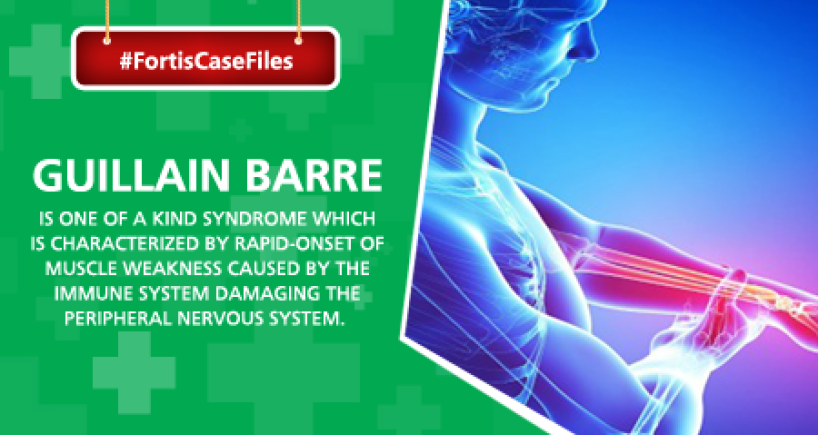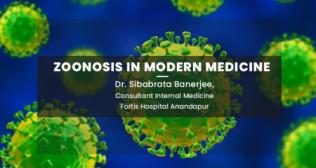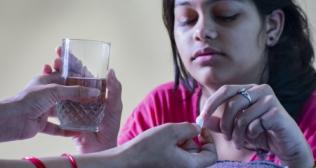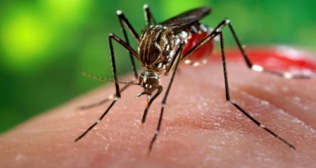
Case of Guillain Barre (Gb) Syndrome

~ GB Syndrome can strike at any age and both sexes are equally prone to the disorder ~
~ The syndrome is rare, afflicting only about 1 person in 100,000 ~
18-year old Kuldeep Patkar, with a history of difficulty and inability in moving his lower limbs, was admitted to SL Raheja Fortis Hospital . Appearing extremely weak, the patient complained of difficulty in breathing and swallowing. Upon clinical evaluation of the patient’s condition by the Fortis ICU team, he was found to have weakness in the bilateral lower limb and upper limb. The case was referred to Dr Paritosh Baghel, Internal Medicine Specialist at SL Raheja Fortis Hospital, who suspected Patkar’s case to be of Acute Inflammatory Demyelinating Polyneuropathy (AIDP) from the visible symptoms.
“Acute Inflammatory Demyelinating Polyneuropathy – or AIDP – is an autoimmune process that is characterized by progressive weakness in reflexes and mild sensory changes. Due to the damage to the nervous system, which controls signaling, motor and reflex functions of the body, some patients also experience acute respiratory problems. As this condition affects nerves and progression is rapid, it can lead to sub-acute ascending paralysis, if not intervened in time,” says Dr Baghel.
Kuldeep’s condition appeared to be deteriorating rapidly. He was immediately intubated and connected to the ventilator support as he was having difficulties in breathing. His Cerebrospinal Fluid (CSF) findings confirmed incidence of AIDP or Guillain–Barré Syndrome (GBS), which is characterized by rapid-onset of muscle weakness caused by the immune system damaging the peripheral nervous system. “Guillain-Barre is difficult to diagnose at first because the symptoms are very similar to those of other neurological disorders or conditions that affect the nervous system like meningitis,” says Dr Kaustubh Mahajan, Neurologist, S L Raheja Fortis Hospital, who was instrumental in Kuldeep’s treatment. Among other symptoms of GBS, the muscle weakness in legs extends to the upper body and gets worse over time, making it difficult for the patient to walk steadily along with severe lower back pain. During the acute phase, the disorder can be life-threatening. It can eventually cause paralysis.
Plasmapheresis and Intravenous Immunoglobulins (IvIg) are the two main treatments for GB Syndrome. While both treatments are equally effective, Plasmapheresis takes longer time for treatment. When the patient’s relatives were counseled about the two options, they opted for the former as it is relatively less expensive compared to the latter. Plasmapheresis is essentially an extracorporeal therapy (a medical procedure performed outside the body), in which whole blood is removed from the body and processed (by centrifugation or use of semipermeable membranes) so that the red and white blood cells are separated from the plasma, or liquid portion of the blood. The blood cells are then returned to the patient without the plasma, which the body quickly replaces.
Dr Baghel says: “Plasmapheresis reduces the body's attack on the nervous system by filtering antibodies out of the bloodstream. Similarly, administration of Intravenous Immunoglobulins neutralizes harmful antibodies and inflammation. These two treatments are equally effective and a combination of the two is not significantly better than either alone.”
Kuldeep underwent 5 cycles of Plasmapheresis over his stay at the hospital. However, no immediate significant improvement was seen in the patient’s movement and power of the limbs. Subsequently, he had to undergo a Tracheostomy (an incision in the windpipe made to relieve an obstruction to breathing) as he required ventilator support. Kuldeep was gradually weaned off the ventilator after about 2 weeks and was transferred to wards. However, due to possibilities of a lung infection, the patient had to be shifted back to the ICU. While in the ICU, he suffered one episode of cardiac arrest, and he was successfully resuscitated. He gradually recovered his swallowing and coughing reflexes and he was transferred back to the wards.
“The most important part of the treatment is keeping the patient's body functioning during recovery of the nervous system since the patient is immobile for extended period of time. This can sometimes require placing the patient on mechanical ventilator assistance, a heart monitor, or other machines that assist body function. The need for this sophisticated equipment is the reason why Guillain-Barré syndrome patients are usually treated in hospitals, often in an intensive care ward. In the hospital, doctors can also look for and treat the many problems that can afflict any paralyzed patient - complications such as pneumonia or bed sores,” informs Dr Baghel.
Often, even before recovery begins, doctors may manually move the patient's limbs to help keep the muscles flexible and strong and to prevent venous sludging (the buildup of red blood cells in veins, which could lead to reduced blood flow) in the limbs which could result in deep vein thrombosis. Later, as the patient begins to recover limb control, physical therapy begins. Some other physiotherapy interventions in the treatment of Guillain-Barré syndrome may include strength, endurance and gait training with graduated increases in mobility, maintenance of posture and alignment as well as joint function. Occupational therapy aims to improve everyday function with domestic and community tasks as well as driving and work. Home modifications, gait aids, orthotics and splints may be provided. Speech-language pathology input may be required in those with speech and swallowing problems, as well as to support communication in those who require ongoing breathing support (often through a tracheostomy). Nutritional support may be provided by the team and by dietitians. Psychologists may provide counseling and support. Psychological interventions may also be required for anxiety, fear and depression.
The treatment took long time, but Kuldeep showed decent recovery in this period. He was discharged on 4th May 2016, nearly three months after his admission to the hospital.
Categories
Clear allMeet the doctor

- Internal Medicine | General Physician
-
14 Years
-















}}drupal-data/images/blog-lists.png)


